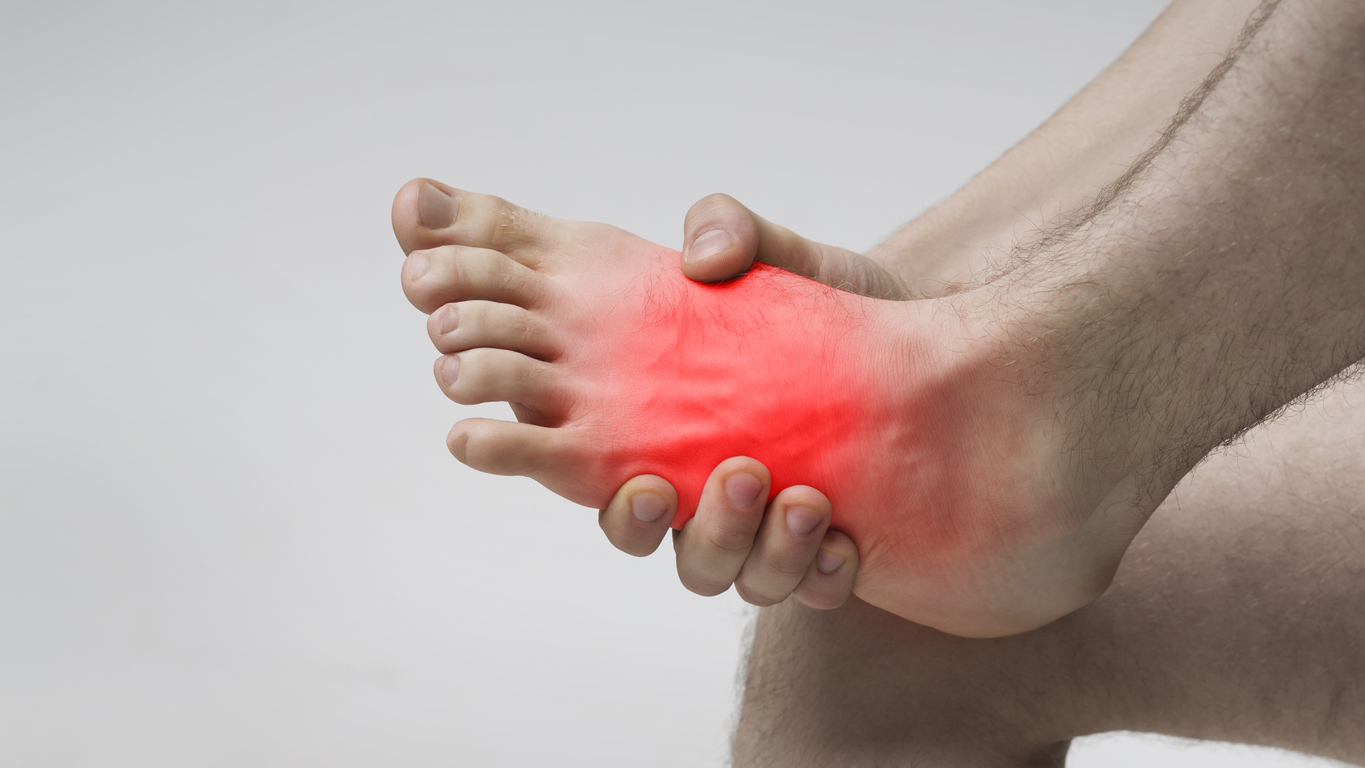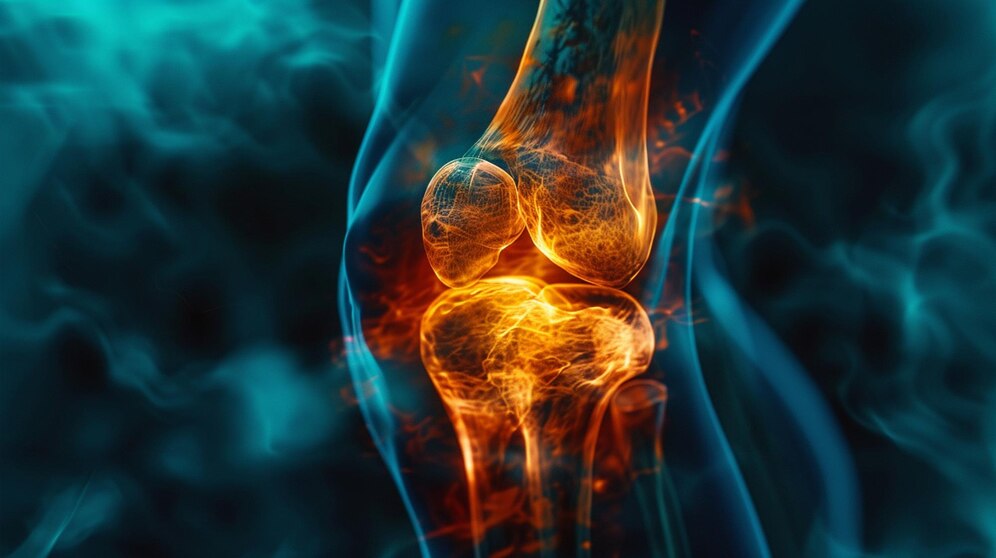
Discover an in-depth guide on cluster headaches, including symptoms, causes, diagnosis, and treatment options. Learn how to manage this severe condition and find resources for support.
Introduction
Cluster headaches, often dubbed “suicide headaches” due to their extreme pain, represent one of the most severe forms of headache disorders. They are characterized by their intense, unilateral pain and are notoriously difficult to manage. To understand cluster headaches fully, it’s crucial to explore their symptoms, causes, diagnosis, and treatment options in detail.
What Are Cluster Headaches?
Cluster headaches are a rare form of headache disorder known for their excruciatingly severe pain. The pain typically occurs on one side of the head, usually around the eye or temple. It is described as a sharp, burning, or piercing sensation. One defining feature of cluster headaches is their cyclical nature; sufferers experience periods of frequent attacks, known as “clusters,” followed by remission phases where symptoms subside. These attacks can last from 15 minutes to 3 hours and may occur several times a day, making them extremely disruptive and debilitating. During an attack, individuals may also experience accompanying symptoms such as eye tearing, a droopy eyelid, and nasal congestion on the affected side.
Causes and Triggers of Cluster Headaches
The exact cause of cluster headaches remains unclear, but several factors are thought to contribute to their onset. One theory suggests that cluster headaches may be related to abnormalities in the hypothalamus, a part of the brain that regulates various functions, including the sleep-wake cycle and hormone release. Additionally, certain triggers are known to precipitate cluster headaches. These can include alcohol consumption, strong odors, smoking, and changes in sleep patterns. Identifying and avoiding these triggers can help in managing and reducing the frequency of attacks.
Symptoms of Cluster Headaches
Cluster headaches present with a distinctive set of symptoms. The primary symptom is an intense, unilateral headache, usually centered around the eye. The pain is often described as sharp, burning, or throbbing. During an attack, individuals may experience redness and tearing of the eye, nasal congestion, or a runny nose on the affected side. The eyelid on the affected side may also droop. These symptoms occur in clusters, meaning multiple attacks can happen within a single day, and each attack can last for a prolonged period.

Diagnosis of Cluster Headaches
Diagnosing cluster headaches involves a comprehensive evaluation by a healthcare professional. The diagnosis is primarily based on the clinical presentation and history of headache episodes. A neurologist will often conduct a thorough examination and may request imaging studies, such as a CT scan or MRI, to rule out other potential causes of the headache. Additionally, a detailed patient history, including the frequency, duration, and characteristics of the headaches, is crucial for accurate diagnosis.
Treatment Options for Cluster Headaches
Managing cluster headaches can be challenging due to their severity and frequency. Treatment options generally fall into two categories: acute treatments and preventive measures. Acute treatments aim to alleviate the pain during an attack and may include medications such as triptans, which can provide rapid relief. Oxygen therapy is also effective for some individuals, as inhaling pure oxygen can help reduce headache severity. Preventive treatments focus on reducing the frequency and severity of attacks. These may include medications such as corticosteroids, calcium channel blockers, or lithium, and lifestyle modifications such as avoiding known triggers.
Lifestyle Changes to Manage Cluster Headaches
In addition to medical treatments, making certain lifestyle changes can be beneficial in managing cluster headaches. Regular sleep patterns, avoiding alcohol and smoking, and maintaining a healthy diet can contribute to reducing the frequency of attacks. Stress management techniques, such as relaxation exercises and mindfulness, may also help alleviate symptoms. By incorporating these changes into daily life, individuals can better manage their condition and potentially reduce the impact of cluster headaches.
Coping with the Emotional Impact of Cluster Headaches
Living with cluster headaches can have a significant emotional and psychological impact. The severity of the pain, coupled with the unpredictability of attacks, can lead to feelings of frustration, anxiety, and depression. It is essential for individuals to seek support from healthcare professionals, support groups, or mental health counselors to address these emotional challenges. Effective coping strategies, such as cognitive-behavioral therapy and stress management techniques, can help individuals better manage the psychological impact of their condition.
Support Systems and Resources
For those affected by cluster headaches, accessing support and resources is crucial. Support groups, both online and in-person, provide a valuable network for individuals to share experiences, gain advice, and find emotional support. Additionally, various organizations and websites offer information and resources for managing cluster headaches, including educational materials, treatment options, and contact information for specialists.

Future Research and Advances in Treatment
Ongoing research into cluster headaches aims to improve understanding and treatment options for this challenging condition. Advances in medical research may lead to the development of new medications, therapies, and diagnostic tools. Keeping abreast of the latest research findings and participating in clinical trials can offer hope for more effective treatments and a better quality of life for those suffering from cluster headaches.
Conclusion
Cluster headaches, while rare, represent a severe and debilitating form of headache disorder. Understanding the symptoms, causes, and treatment options is essential for managing this condition effectively. With the right medical care, lifestyle adjustments, and support, individuals can better cope with cluster headaches and improve their overall well-being.
Read also: Understanding vestibular migraine A Comprehensive Guide





